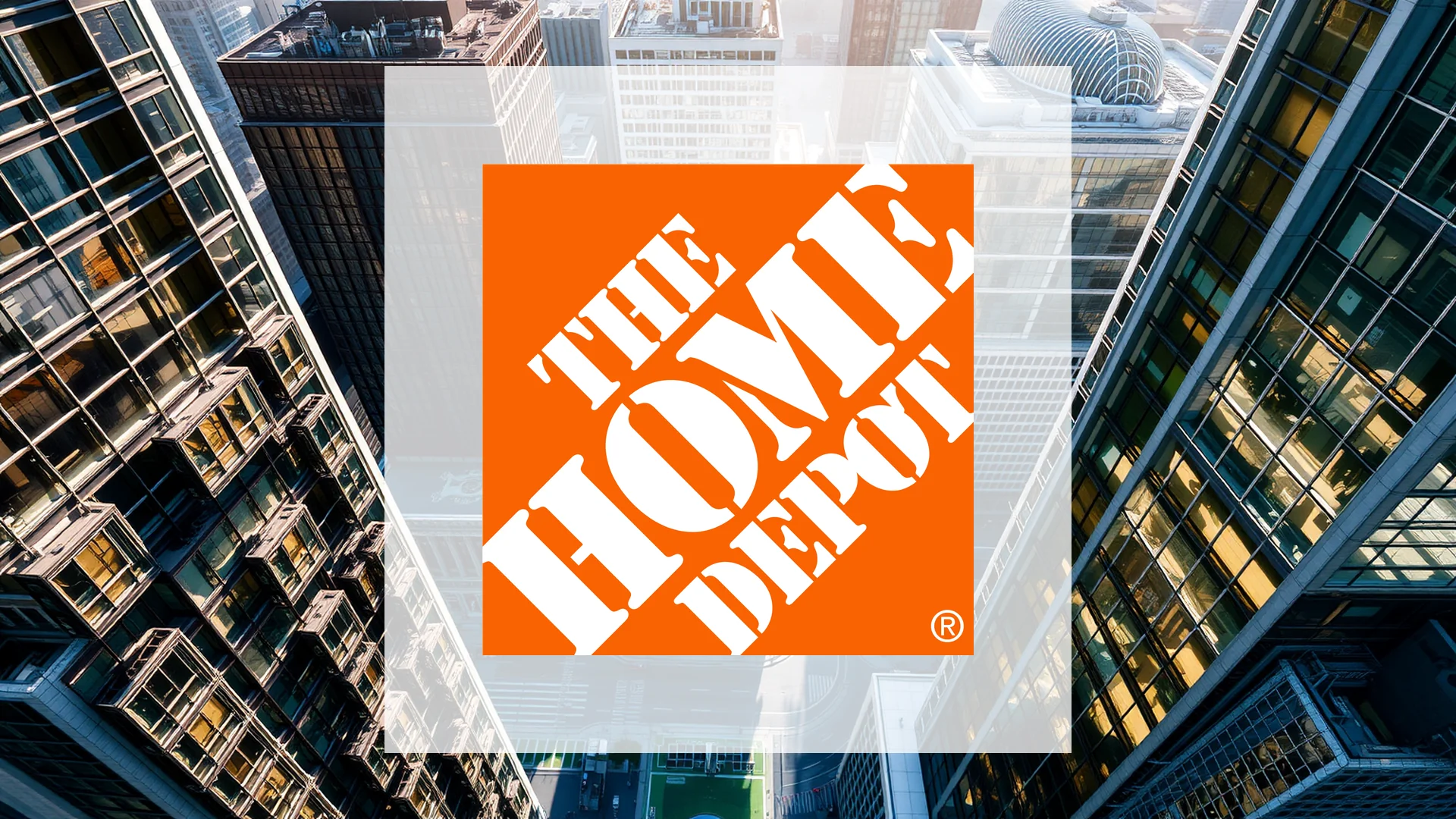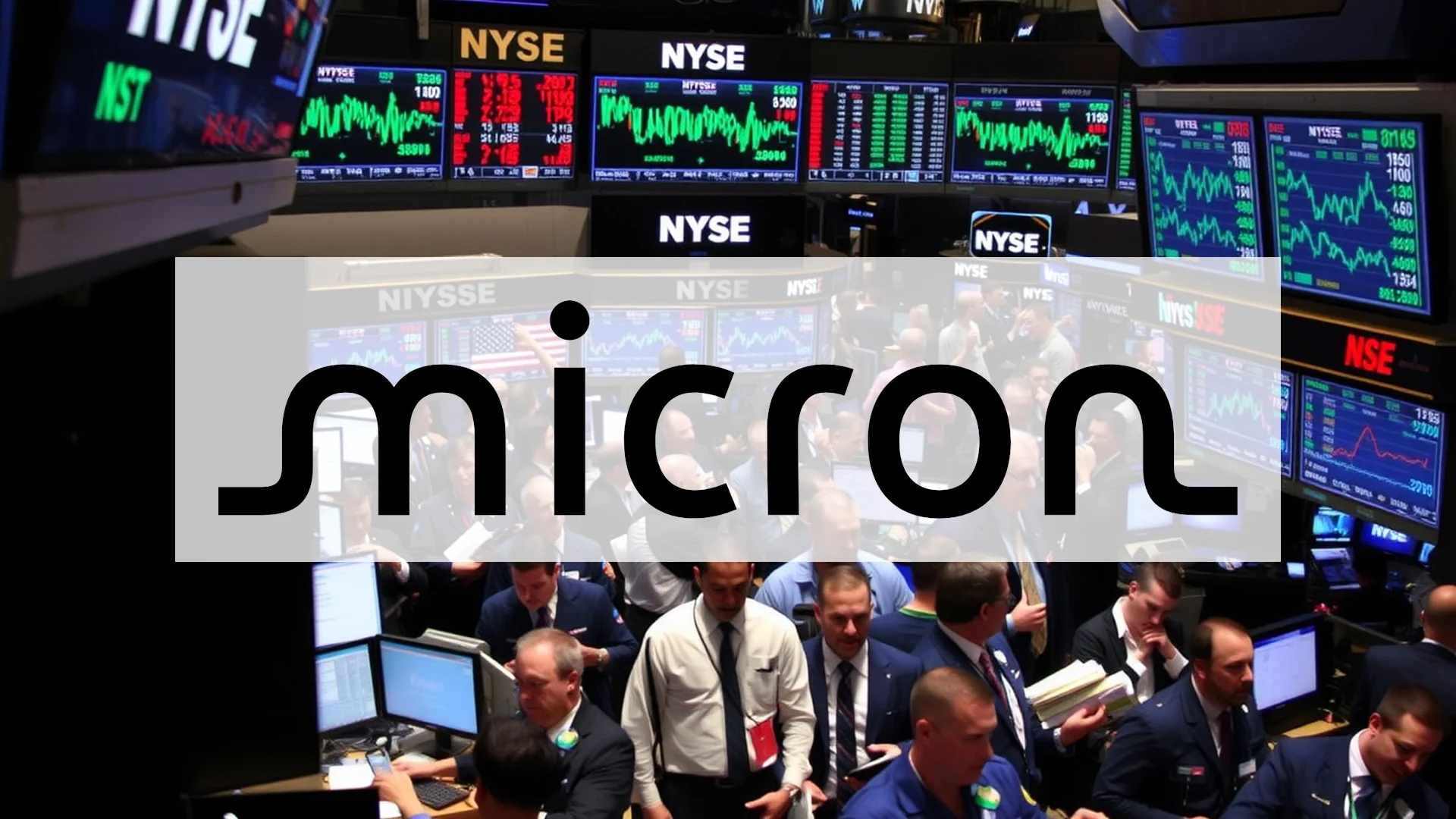The recent imposition of substantial tariffs on imported household goods presents significant challenges for Home Depot’s business model. With the home improvement retailer heavily reliant on global supply chains, these new trade barriers could force price increases in a market where consumers remain highly cost-conscious. The timing is particularly delicate as the company navigates a strategic pivot toward professional clients.
Strategic Shift to Professional Services Gains Urgency
Home Depot’s multi-billion dollar expansion within the professional contractor segment may provide some insulation against tariff-related headwinds. The company’s recent acquisition of GMS Inc. for $5.5 billion significantly bolsters its presence across the United States and Canada, adding more than 300 locations to its network. Combined with the earlier purchase of SRS Distribution, Home Depot has established an extensive operation spanning over 1,200 facilities supported by 8,000 delivery trucks.
This strategic direction aligns with the company’s evolving revenue composition, where professional customers already contribute more than half of total sales. As DIY homeowners show increasing hesitation about major renovation projects, Home Depot is methodically strengthening its position as a comprehensive solution provider for construction professionals and trade specialists.
Import Duties Create Immediate Supply Chain Challenges
The sudden announcement of 50% tariffs on imported cabinets, bathroom furniture, and various household items in late September has created immediate operational pressures. Home Depot now faces difficult decisions about whether to absorb these additional costs or pass them along to consumers—a risky proposition in today’s economic environment.
Should investors sell immediately? Or is it worth buying Home Depot?
Back in May, management had indicated intentions to maintain current pricing structures while diversifying sourcing options. However, the rapid implementation of these tariffs requires swift adaptation throughout Home Depot’s global procurement operations, testing the company’s supply chain resilience.
Market Analysts Maintain Cautious Outlook
Financial experts express measured confidence in Home Depot’s ability to navigate these challenges. The consensus rating stands at “Moderate Buy” with an average price target of $436.40. Wolfe Research recently initiated coverage with an “Outperform” rating and bullish $497 price projection, while Oppenheimer raised its target to $420.
All eyes now turn to the quarterly earnings report scheduled for November 18, which will provide crucial insight into how these competing factors are affecting performance. Expectations remain modest, with analysts forecasting just 1.85% profit growth alongside 2.18% revenue improvement. Looking further ahead, projections for full-year 2025 anticipate approximately 3% decline in earnings per share.
As Home Depot shares contend with downward momentum, investors await clarity on whether the company’s professional market expansion can sufficiently counterbalance the margin compression resulting from new import duties.
Ad
Home Depot Stock: Buy or Sell?! New Home Depot Analysis from November 17 delivers the answer:
The latest Home Depot figures speak for themselves: Urgent action needed for Home Depot investors. Is it worth buying or should you sell? Find out what to do now in the current free analysis from November 17.
Home Depot: Buy or sell? Read more here...










